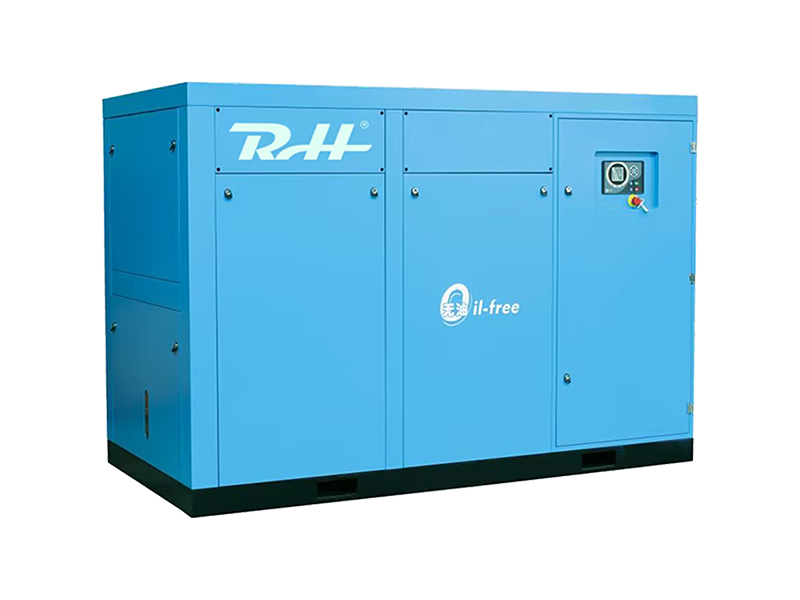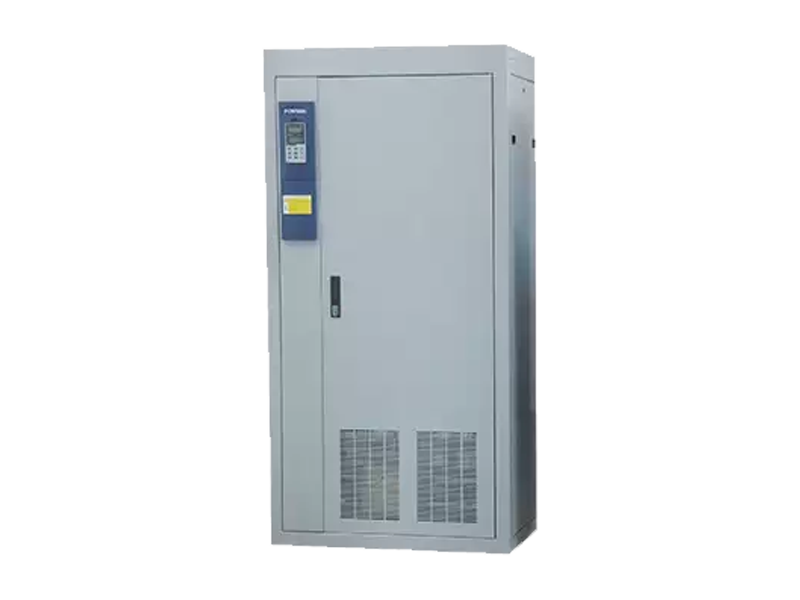In the world of industrial applications, the demand for reliable airflow and pressure control is paramount. Enter the Roots rotary lobe blowers, a mechanical wonder that has become a staple in various sectors due to its versatility and efficiency. Whether it's in wastewater treatment, pneumatic conveying, or food processing, these blowers are designed to handle varying pressure and flow requirements seamlessly. But how do they achieve this?
The Basics of Roots Rotary Lobe Blowers
At the heart of a Roots rotary lobe blower are two lobes that rotate in opposite directions within a housing. This design creates a series of chambers that trap air and push it through the system. The simplicity of this mechanism is what makes it so effective. Unlike other types of blowers, Roots blowers operate on a positive displacement principle, meaning they can deliver a consistent flow regardless of the pressure changes downstream. This characteristic is crucial for applications where maintaining flow rates is essential, even as operational pressures fluctuate.
Adapting to Pressure Changes
One of the standout features of Roots rotary lobe blowers is their ability to cope with varying pressure conditions. When there’s an increase in resistance downstream (like a closed valve or an obstruction), the blower can still maintain its performance thanks to its design. However, it’s important to note that while the blower can handle these changes, it operates most efficiently within its recommended pressure range. Manufacturers often provide performance curves that outline the blower’s efficiency at various pressures and flow rates, allowing operators to select the right model for their specific needs.

Flow Rate Control Mechanisms
In addition to handling pressure variations, Roots rotary lobe blowers can be equipped with various control mechanisms to optimize flow rates. Variable frequency drives (VFDs) are commonly used to adjust the speed of the motor driving the blower. By varying the speed, operators can maintain the required flow rate without compromising efficiency. This adaptability is particularly beneficial in processes like pneumatic conveying, where the demand for air can fluctuate rapidly. Additionally, some models can be outfitted with dampers or other flow regulation devices to fine-tune the output even further.
Roots rotary lobe blowers are impressive machines designed to handle the complex demands of varying pressure and flow in industrial applications. Their positive displacement design allows for consistent airflow, while additional control mechanisms enable operators to adapt to changing conditions effectively. Whether you’re managing a wastewater treatment plant or operating a food processing facility, understanding the capabilities of these blowers can help ensure optimal performance and efficiency. With their reliability and versatility, Roots rotary lobe blowers continue to be a preferred choice for many industries.


 русский
русский Español
Español عربى
عربى










